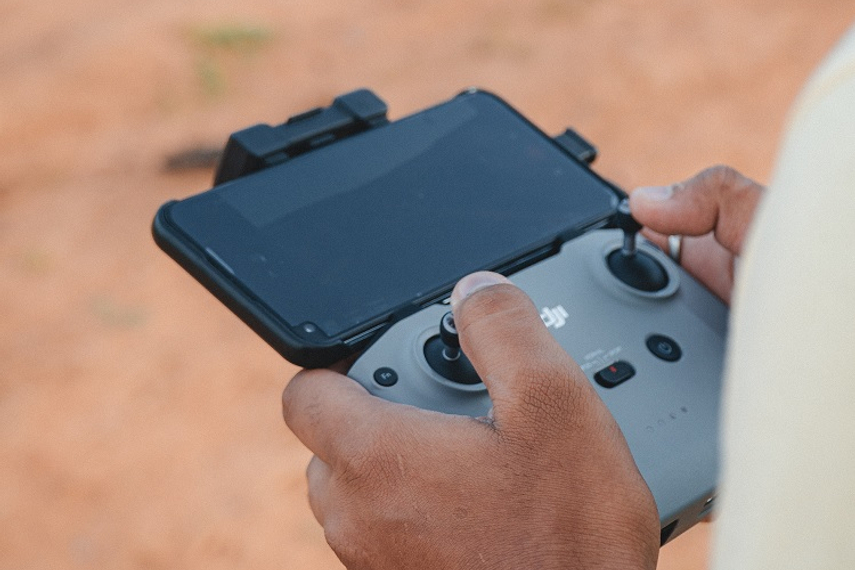
Please sign in or register
Existing users sign in here
Having trouble signing in?
Contact Customer Support at
[email protected]
or call+852 3175 1913
Experts discuss how to overturn gaming's perception as a trivial pastime and how the metaverse is affecting it.

Contact Customer Support at
[email protected]
or call+852 3175 1913
Top news, insights and analysis every weekday
Sign up for Campaign Bulletins
Entries from Latin America are up by 16%.
Our editors from the UK, US, Canada and APAC give their tips ahead of Cannes Lions 2025.
Ahead of Cannes Lions, the chief executives of the 'big six' holding companies and senior leaders give their views on a range of topics relating to creativity and business. Today, it’s the turn of Special Australia's Lindsey Evans.
Ogilvy APAC celebrated a strong creative year in 2024, clinching top regional honours at Cannes Lions. Yet operational headwinds, particularly in China, tested its resilience and reshaped its growth strategy.